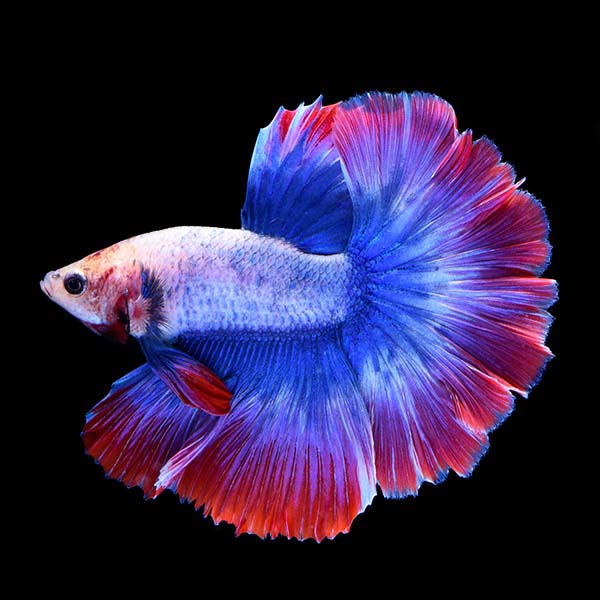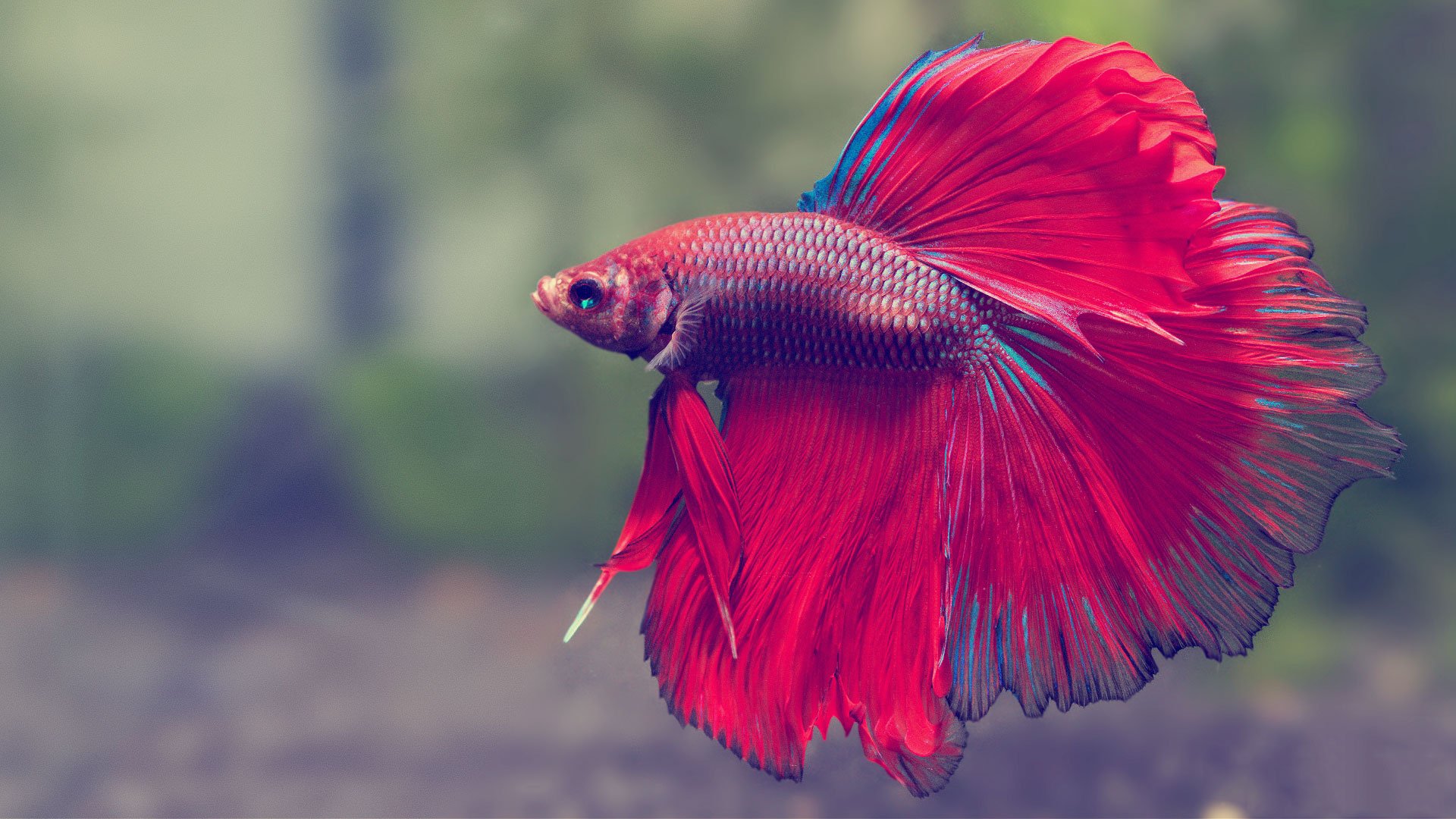Betta Fish Diet: What to Feed Your Betta for Optimal Health And Wellness
Betta Fish Diet: What to Feed Your Betta for Optimal Health And Wellness
Blog Article
Just How to Breed Betta Fish Successfully: Specialist Methods and Insights for Hobbyists Looking to Increase Their Betta Collection
Breeding Betta fish calls for a nuanced understanding of genetics and ecological conditions, making it essential for enthusiasts to approach the procedure with both diligence and treatment. Producing an optimal reproduction environment, choosing the right sets, and observing the intricacies of their courtship habits are foundational steps that can significantly affect the outcome. Additionally, the succeeding care of the fry is essential for ensuring their healthy and balanced development. As we discover these key elements, it becomes clear that successful reproduction is not almost the preliminary pairing yet encompasses a wider approach that benefits mindful factor to consider.
Understanding Betta Fish Genes
Comprehending the genes of Betta fish is important for successful breeding, as it influences attributes such as shade, fin shape, and habits. Betta fish exhibit a varied selection of shades and patterns, mostly identified by their genetic make-up.
Along with pigmentation, fin morphology is one more considerable aspect of Betta genes (betta fish). The sizes and shape of fins are affected by different genes, including those that establish whether the fins are brief, long, or veil-shaped. Understanding these hereditary variants helps dog breeders anticipate the phenotypic outcomes of their spawn
Additionally, behavioral traits such as aggression and territoriality can also be affected by genetics. These behaviors play an essential function in the reproducing procedure, as they can affect generating success and the total character of the resulting fry. By comprehensively recognizing these genetic concepts, breeders can make enlightened decisions, inevitably enhancing their reproduction programs and achieving preferable results.
Preparing the Reproduction Environment
Producing an optimal breeding setting is important for the effective reproduction of Betta fish. The initial step in preparing this atmosphere is to pick a suitable reproduction tank, preferably varying from 5 to 10 gallons. This size enables for enough swimming area and the facility of territories. The storage tank needs to be equipped with a heating unit to maintain a stable temperature level in between 78 ° F and 80 ° F, which is important for urging spawning habits.
Next, think about the usage of a sponge filter or an air stone to offer mild water blood circulation without creating strong currents that can worry the fish. It is vital to install plants or breeding cones to provide concealing places and advertise convenience for the female during the spawning process. Floating plants, such as Java moss or water sprite, can likewise produce a much more native environment while facilitating bubble nest building by the male.
Before introducing the breeding pairs, ensure the water is conditioned and devoid of damaging chemicals, such as chlorine or hefty metals. betta fish. Routine water modifications need to be performed to preserve ideal water high quality, improving the possibilities of successful breeding. With these preparations in place, the breeding environment will certainly sustain the wellness and health of both Betta fish
Picking Reproduction Pairs
Selecting the best breeding pairs is essential for attaining effective Betta fish recreation. When selecting your breeding pairs, think about numerous essential elements consisting of wellness, personality, and genes. Healthy Betta fish exhibit vivid shades, clear eyes, and active behavior. Picking fish that are devoid of illness ensures a far better possibility of producing sensible spawn.
Personality is one more important factor to consider, as Betta fish are known for their hostile nature. It is recommended to pick a male and lady that display suitable characters to minimize anxiety during the breeding procedure. A calm man can encourage a smoother courtship, while a woman that is too aggressive might interrupt the procedure.
Genetic history also plays a substantial role in the high quality of the spawn. Breeding fish that are genetically varied can reduce the danger of genetic health concerns and enhance the general vigor of the fry. It is advantageous to look into the lineage of both the male and woman, concentrating on desirable qualities such as fin kind, color scheme, and size.
The Breeding Refine
The reproduction process of Betta fish requires cautious preparation and interest to detail to guarantee an effective end result. It is essential to prepare a suitable breeding tank, ideally a 5-10 gallon aquarium with a temperature level kept at 78-80 ° F. The container should be equipped with a heater, filter (preferably sponge type to prevent strong currents), and a lot of water plants for the go to the website woman to hide.
When the atmosphere is established, present the chosen breeding pair to the storage tank, enabling them to adapt. Observe their actions; the man will certainly present intricate courtship routines, consisting of flaring his fins and building a bubble nest. If the female reveals interest, she will certainly present upright red stripes showing preparedness for spawning.
When the lady is responsive, the set will certainly take part in a breeding accept, throughout which the male feeds the eggs. It is vital to check their communications carefully, as the male may end up being aggressive. After spawning, eliminate the woman to avoid prospective damage. The male will tend to the eggs, which usually hatch within 24-36 hours. Maintaining optimal water problems throughout this period is necessary for the growth of healthy Betta fry.
Taking Care Of Betta Fry

Feeding Betta fry is important, as they call for a diet high in healthy protein. Originally, they can be fed infusoria or liquid fry food, transitioning to finely crushed high-grade pellets as they grow. Feed little parts several times a day to encourage healthy and balanced growth without overwhelming the storage tank with leftover food.

As they mature, check their growth very closely and separate any kind of aggressive people to avoid injury. By supplying a nurturing atmosphere and correct nutrition, enthusiasts can effectively elevate Betta fry into lively, healthy fish, eventually boosting their breeding undertakings.
Conclusion
Effective Betta fish reproduction requires careful attention to genetic option, environmental conditions, and take care of the fry. By understanding the genetics of Betta fish and preparing an ideal breeding atmosphere, enthusiasts can enhance the possibilities of creating vibrant, healthy spawn. Picking compatible breeding sets and very closely keeping track of the courtship and spawning procedures are crucial. Supplying optimum treatment page for the fry ensures their explanation healthy development, contributing to a successful Betta collection.
Report this page